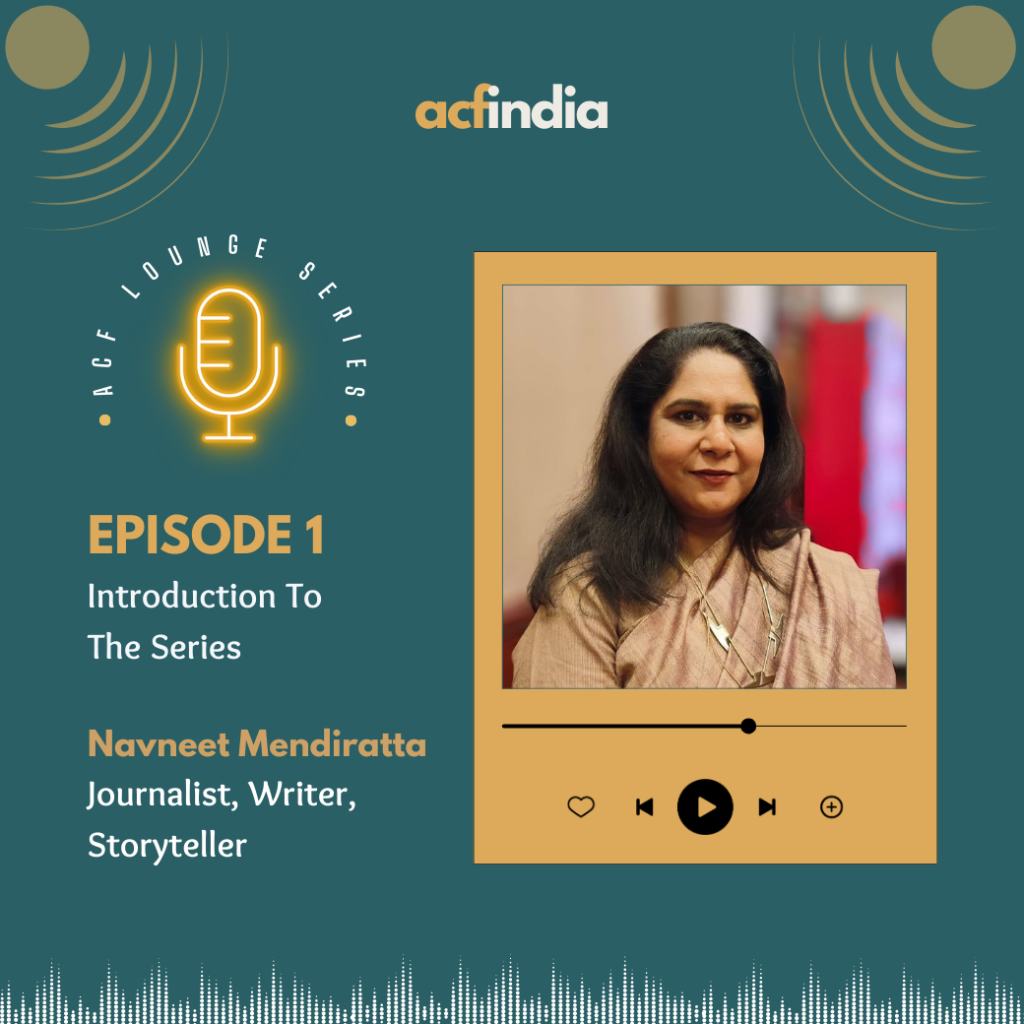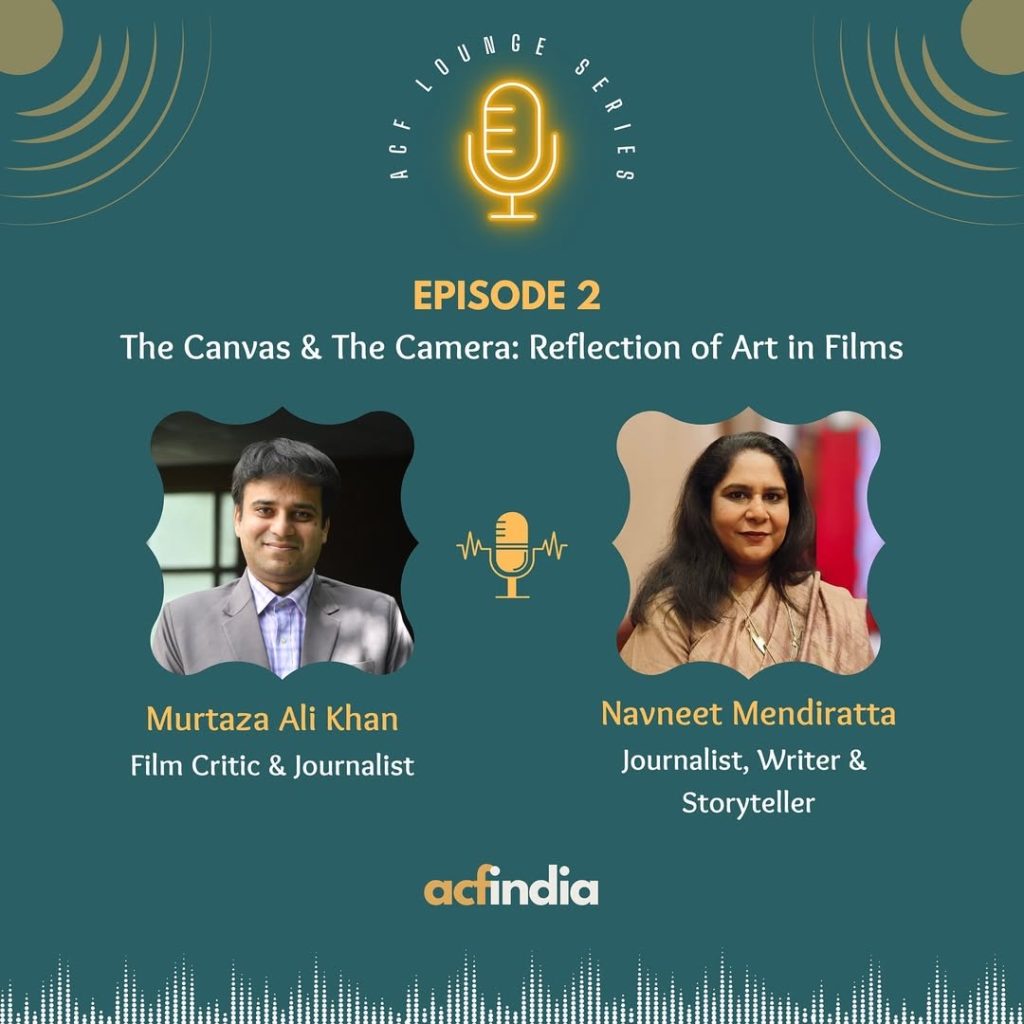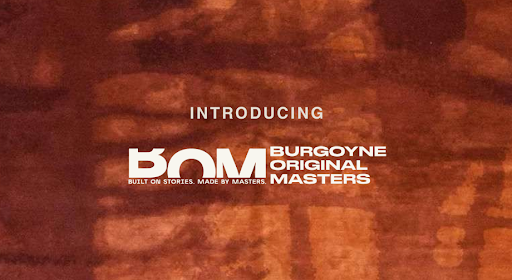By: Team ACF
This richly illustrated volume opens a fresh window into the long-overlooked world of Company painting—the vivid, intricate artworks created by Indian artists under European patronage in the late 18th and early 19th centuries. Far from being quiet footnotes of colonial history, these works emerge as powerful cultural artifacts, bearing witness to an era of exchange, adaptation, and artistic ingenuity.

The story of their recognition is as fascinating as the artworks themselves. From the modest 1955 survey by Mildred and W.G. Archer to landmark exhibitions like Room for Wonder in 1978 and Forgotten Masters in 2019, Company painting has slowly but surely found its place in both scholarly and public imagination. Once dismissed as derivative or decorative, these works are now celebrated for their richness and complexity.
The book is structured around three interwoven themes that together illuminate the depth of this artistic tradition. The first traces the world of natural history, where artists drew from both European scientific interests and Indian ethnobotanical knowledge. In the ateliers of Lucknow or in Lady Impey’s Calcutta menagerie, painters created stunning illustrations of flora and fauna that satisfied colonial curiosity while also reflecting deep-rooted local traditions. As scholars like Apurba Chatterjee and Nicolas Roth show, these were not just scientific documents—they were visual negotiations between two knowledge systems.

In the realm of architecture and landscape, Company painting reveals how Indian artists responded to the European desire for visual records of India’s built heritage. Mastering Western perspective and watercolor techniques, painters in Delhi and Agra created scrolls of the Taj Mahal and picturesque views of Indian cities, especially during Lord Hastings’s travels. Sita Ram’s luminous landscapes, for instance, aren’t mere copies of European aesthetics—they reinterpret them through an Indian lens, showing how local artists internalized and reimagined new artistic possibilities.
Equally compelling is the genre of “Trades Albums,” which systematically documented caste-based occupations across the subcontinent. Inspired by European prints like Solvyns’s Les Hindous and Gold’s Oriental Drawings, these works at first glance appear to echo colonial ethnography. But as Jennifer Howes explains, they also demonstrate a circular visual exchange: Indian artists shaping and being shaped by European visual culture, creating something entirely hybrid in the process.
What sets this book apart is its refusal to reduce Company painting to colonial propaganda. Instead, it foregrounds the agency of Indian artists—those who selectively borrowed European techniques, infused them with indigenous aesthetics, and carved out a new space of visual storytelling. Rather than being seen as a dilution of Indian art, these paintings emerge as bold, hybrid expressions born out of cultural contact.

If you love stories of real people, real places, and the quiet magic of moments being captured on paper, A Treasury of Life is a book you all want to spend time with and have on your bookshelves.
It is a beautiful window into a world we do not often see. Pick it up. Let it surprise you. The book is available for purchase at DAG Gallery in Delhi.












